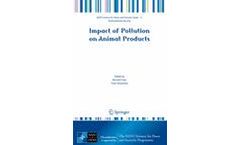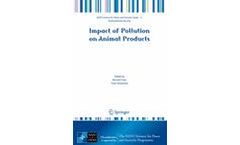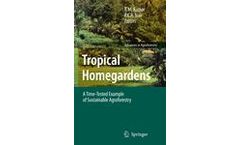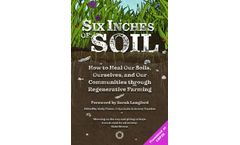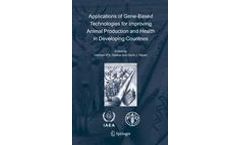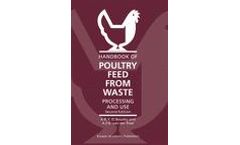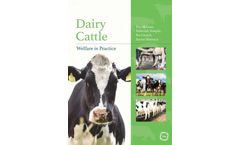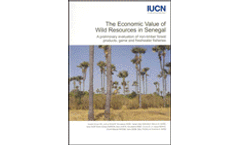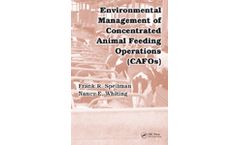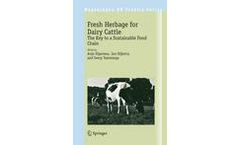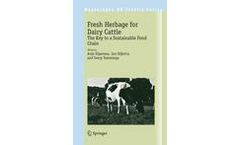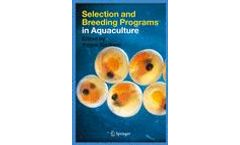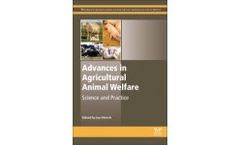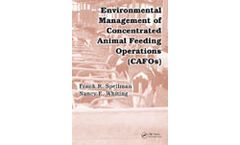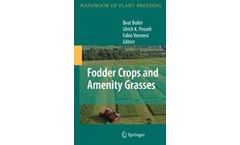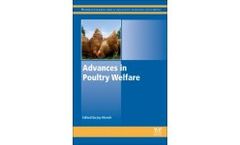Refine by
animal-products books
21 books found
The importance of pollution in Central Asia is a well-known feature but references mainly concern the impact of environmental failures on human health. The role of animals at the interface of the contamination of resources for animal feeding and drinking, and human consumption of animal products has been little studied. Yet, ...
The importance of pollution in Central Asia is a well-known feature but references mainly concern the impact of environmental failures on human health. The role of animals at the interface of the contamination of resources for animal feeding and drinking, and human consumption of animal products has been little studied. Yet, ...
‘Homegardens’ are integrated tree – crop – animal production systems, often in small parcels of land surrounding homesteads, and primarily found in tropical environments. ...
Six Inches of Soil the film and this companion book is the inspiring story of British farmers standing up to the industrial food system and transforming the way they produce food – to heal the soil, benefit our health and provide for local communities. How has it come to this point in our history that we hardly value the food we eat and the soil that it’s grown in? How is it that we ...
Modern Biotechnology has potential for solving many problems associated with animal productivity and health and offers exciting opportunities for enhancing agricultural productivity. ...
The aim of this book is to help create new feedstuffs for poultry and farm animals from the agro-industry and to mobilize the neglected waste as a feedstuff to lower the price of animal products such as eggs, white and red meat, milk, etc. Furthermore, this book aims to contribute to the campaign against hunger in the developing world and to ...
It demonstrates how poor welfare can lead to economic losses and using case studies to show how welfare improvements have led to increased productivity. Assessing animal welfare on the farm is also covered and practical ...
Agriculture is a crucial component of the economies of many of the countries in transition from a centrally-planned to a market economy and the sector is by no means immune to the environmental and socioeconomic problems confronting the countries as a whole. The concept of sustainable development provides a convenient framework for the formulation of government environmental policy for such ...
Agriculture is a crucial component of the economies of many of the countries in transition from a centrally-planned to a market economy and the sector is by no means immune to the environmental and socioeconomic problems confronting the countries as a whole. The concept of sustainable development provides a convenient framework for the formulation of government environmental policy for such ...
The contribution of wild plants and animals to human welfare is widely appreciated but not routinely measured. Reliable and up-to-date information on the economic importance of wild resources is needed to ensure that development policies and investments take account of the full costs and benefits of alternative land uses. This report presents a summary of findings of recent research on the value ...
The accumulation of mycotoxins in plants and plant products represents a major threat to human health. Toxins accumulate in plants following infection by species of Fusarium, Aspergillus and Penicillium. ...
Clean and environmentally sound disposal of animal waste in the quantities that Concentrated Animal Feeding Operations (CAFOs) produce can only be described as a challenge. Designed to provide practical information, Environmental Management of Concentrated Animal Feeding Operations (CAFOs) covers the concepts and practices involved in the operation and maintenance of CAFOs, paying particular ...
Product quality and a sustainable food chain of ruminant products are largely determined by animal nutrition, in which forage is the major feed source. Forages and grasslands play a unique role in agriculture because they contribute through animals to our food supply and to the abatement of environmental problems. Interest in ...
Product quality and a sustainable food chain of ruminant products are largely determined by animal nutrition, in which forage is the major feed source. Forages and grasslands play a unique role in agriculture because they contribute through animals to our food supply and to the abatement of environmental problems. Interest in ...
This book describes the basic elements in the theory of animal breeding and inheritance of quantitative economic traits and the way in which this technology can be implemented in selective breeding programs for aquaculture species. The role and the implementation of molecular genetics in modern selective breeding programs is also addressed. The book’s main objective is to stimulate development of ...
Advances in Agricultural Animal Welfare: Science and Practice fully explores developments in the key areas of animal agricultural welfare assessment and improvement. Analyzing current topical issues, as well as reviewing the historical welfare issues, the volume is a comprehensive review of the field. Divided into four sections, the book opens with an introduction to animal welfare research. Part ...
Clean and environmentally sound disposal of animal waste in the quantities that Concentrated Animal Feeding Operations (CAFOs) produce can only be described as a challenge. Designed to provide practical information, Environmental Management of Concentrated Animal Feeding Operations (CAFOs) covers the concepts and practices involved in the operation and maintenance of CAFOs, paying particular ...
The main role of grasses, clovers and alfalfa in temperate agriculture is still to provide forage for ruminant animals but, in the last decades, the importance of amenity grasses increased markedly and, in the near future, new developments in the areas of energy and biomass use can be envisaged. Fodder Crops and Amenity Grasses, fifth volume in the series, Handbook of Plant Breeding, covers all ...
Advances in Poultry Welfare fully explores developments in the key areas of poultry welfare assessment and improvement. The book analyzes current topical issues, while also reviewing historical welfare issues. Divided into six sections, the book opens with an introduction to poultry welfare research. Part Two moves on to review poultry management, from rearing to slaughter. Part Three looks at ...
Societies throughout the world depend on food, fiber and forest products. Continuity and security of agricultural and forest production are therefore of paramount importance. Predicted changes in climate could be expected to alter, perhaps significantly, the levels and relative agricultural and forestry production of different nations over the next few decades. Agriculture and forestry are ...

